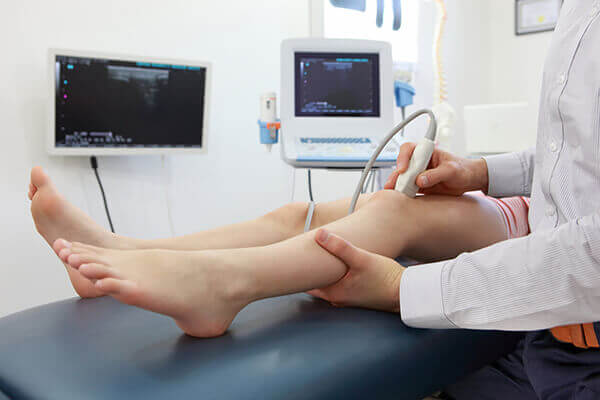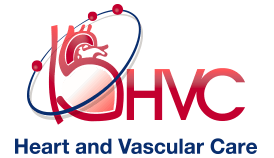Lower Extremity Balloon Angioplasty and Stent
Johns Creek Lower Extremity Balloon Angioplasty & Stent
Patient with blockages in the arteries of the legs (Peripheral Arterial Disease or PAD) were traditionally treated with major vascular surgery. But now there are less invasive, safer, and more comfortable endovascular techniques for doing these procedures. The physicians at Heart and Vascular Care are experts at performing these procedures through a single needle stick. Heart and Vascular Care has been recognized for offering high quality outpatient vein treatment by the Accreditation Association for Ambulatory Health Care (AAAHC).
Patient with blockages in the arteries of the legs (Peripheral Arterial Disease or PAD) were traditionally treated with major vascular surgery.

What does the procedure do?
A peripheral angiogram using small catheters and X-ray dye to perform angiogram pictures of blockages in the leg. Once an artery blockage is found several treatments may occur:
- Balloon Angioplasty – Your doctor inserts a catheter into the artery and inserts a balloon into the catheter. The balloon is then inflated in the blocked artery, unclogging it.
- Atherectomy – This procedure inserts a small device through the catheter into the artery. The device is then used to remove plaque from the artery.
- Stent – After angioplasty if there is still blockage present a flexible metallic stent is placed in the artery.

What is the procedure like?
When a patient and their cardiologist decide to treat PAD they will discuss the method and location of accessing or entering one of the blood vessels of the leg. Most commonly this is done in either the femoral artery in the groin. After the patient arrives for the procedure they are changed into a gown and then placed on the procedure table. They are given light or moderate sedation with usually intravenous Fentanyl and Versed but are not under full anesthesia typically. The area that is going to be worked on is then cleaned and shaved to minimize infection. From that access site they are able to image all the arteries of the legs and perform balloon angioplasty and stents. A video screen allows the doctor to see where the catheter is going as it travels through the body.
What is the recovery like?
After the procedure is complete, you will be taken to a recovery room for a few hours. If you should find that the entry site begins to bleed or develop a large bruise, please inform your cardiologist.
What are the risks?
The most common risk is bleeding can also occur at the entry point. Some may have an allergic reaction to the medication used, so be sure to let your doctor know about any allergies you have ahead of time. This would include allergies to medicines as well as foods.
